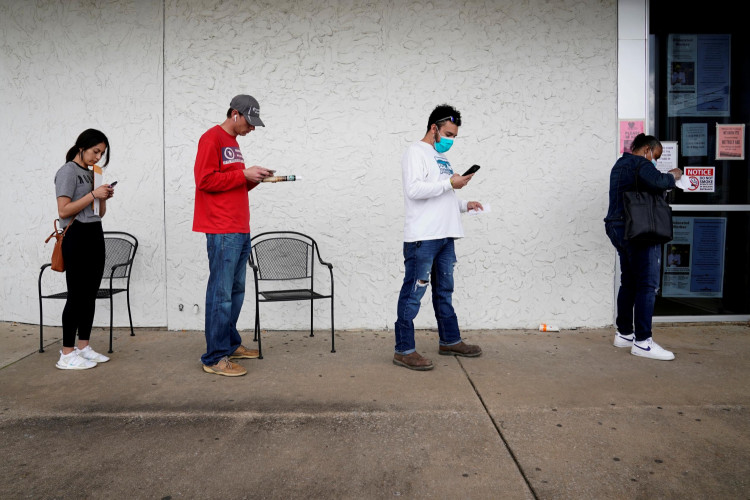Applications for unemployment benefits in the United States rose to their highest level in a month during the week ending November 30, but the labor market remains resilient overall, according to new data from the Labor Department. Initial jobless claims increased by 9,000 to a seasonally adjusted 224,000, above analysts' expectations of 215,000.
While the uptick in jobless claims broke a period of stability in the labor market, continuing claims, which measure the total number of Americans collecting unemployment benefits, fell by 25,000 to 1.87 million during the prior week. This figure is a decline from the recent three-year high and suggests some stability in long-term unemployment trends.
Weekly jobless claims often serve as a proxy for layoffs, and the holiday season tends to create volatility in the data. On an unadjusted basis, claims actually fell by nearly 35,000, with significant declines reported in states like California and Texas. Stephen Stanley, chief U.S. economist at Santander US Capital Markets, noted, "I would attribute the seasonally adjusted increase in the number of new filers to statistical noise rather than fundamental labor market weakness."
The four-week moving average of initial claims, which smooths out week-to-week volatility, edged higher by 750 to 218,250. Analysts say this figure remains low by historical standards, reflecting the labor market's continued strength despite a slowing economy.
The U.S. labor market has faced a combination of elevated interest rates, ongoing layoffs in certain sectors, and a surge in job cuts announced by employers. According to outplacement firm Challenger, Gray & Christmas, U.S.-based employers announced nearly 58,000 job cuts in November, a 27% increase from the same period last year. The technology sector and automotive industry accounted for some of the largest reductions, with companies like General Motors Co., Cargill Inc., and Tyson Foods Inc. among those cutting jobs.
Even so, layoffs remain subdued compared to historical averages. Separate data from the Bureau of Labor Statistics suggests that despite high-profile workforce reductions, overall layoff rates have not surged significantly. The labor market appears to be absorbing shocks from layoffs and maintaining relatively strong hiring activity.
Earlier this week, the Labor Department reported that U.S. job openings rebounded to 7.7 million in October, up from a 3½-year low of 7.4 million in September. This suggests that businesses are still actively seeking workers despite the Federal Reserve's efforts to cool the economy through elevated interest rates.
The central bank has raised rates aggressively since 2022 to combat inflation, which surged as the U.S. economy recovered from the COVID-19 pandemic. Recently, inflation has eased closer to the Federal Reserve's 2% target, prompting policymakers to hold rates steady at their last two meetings. Analysts believe this easing of inflationary pressures has provided a stabilizing influence on the labor market.
U.S. employers added just 12,000 jobs in October, a figure affected by factors such as strikes and hurricanes that temporarily sidelined workers. Economists forecast a stronger gain of 215,000 jobs in November, reflecting a return to more typical employment growth.






